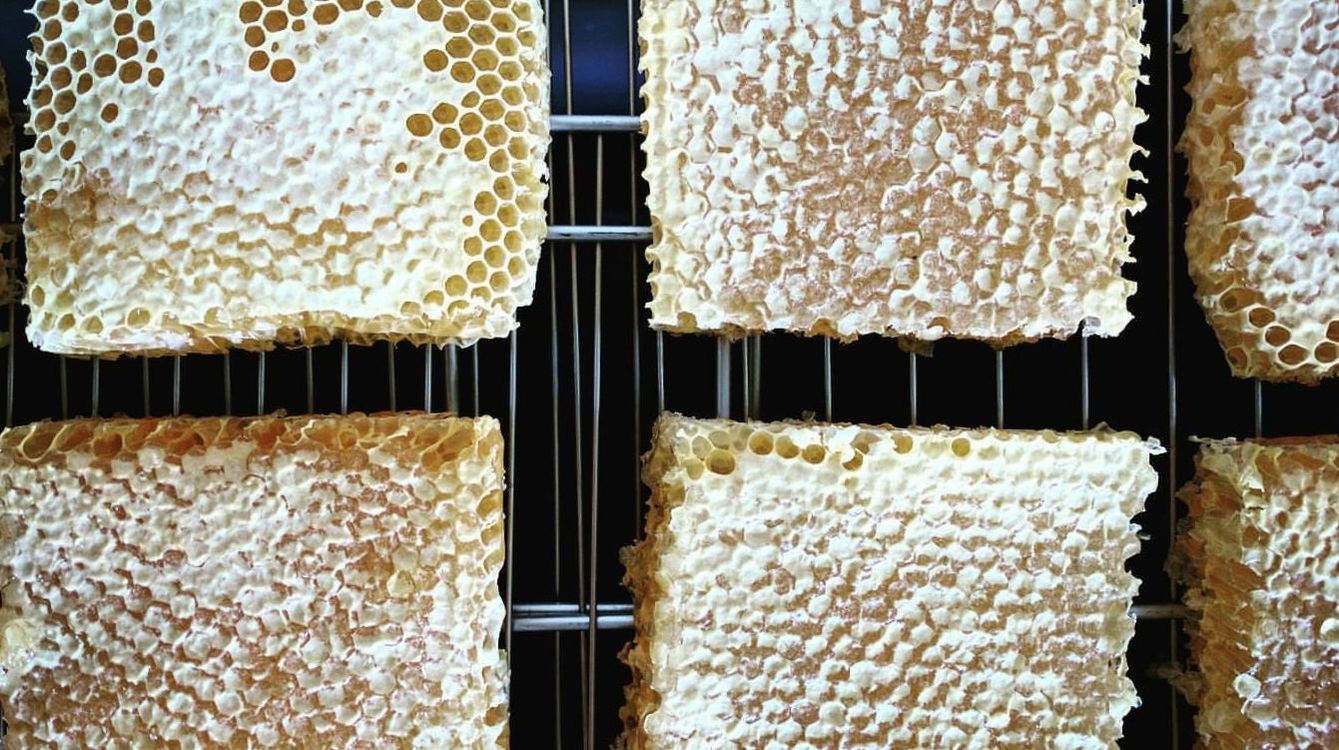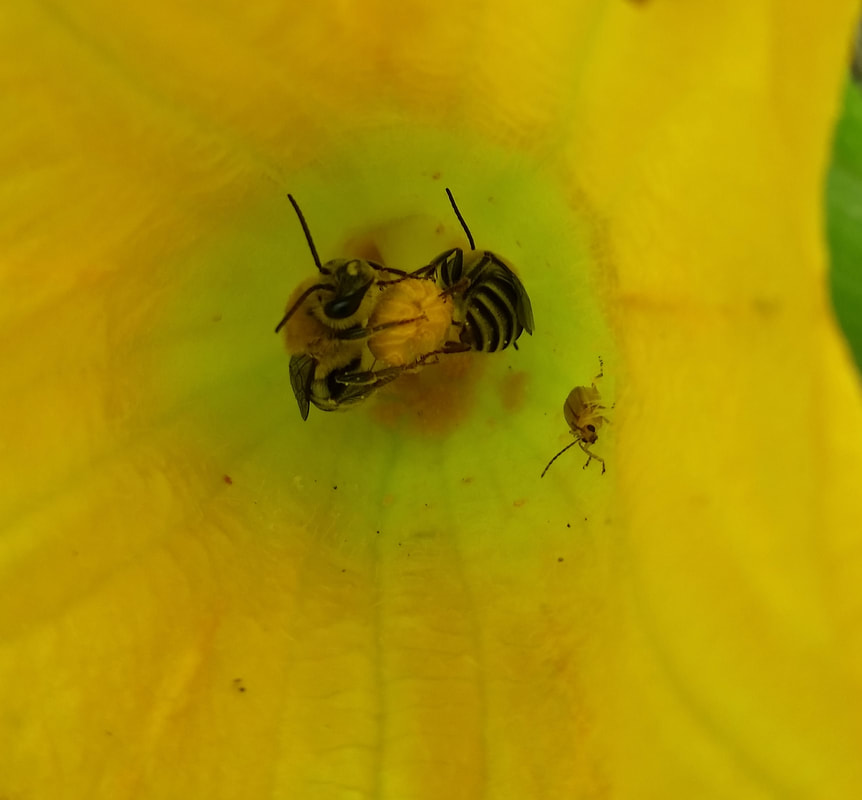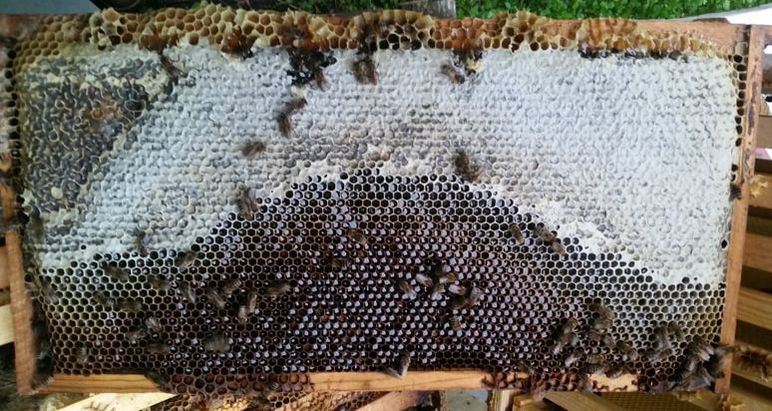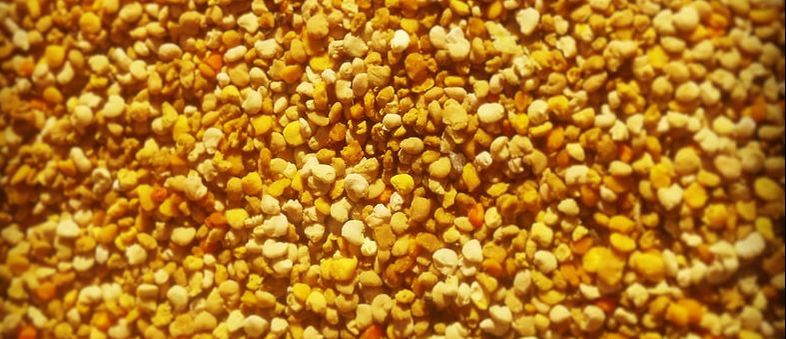Honey has for thousands of years been considered a medicine. Especially when you put it in context with Hippocrates age old saying "let food be thy medicine and medicine be thy food".
But why is honey commonly considered medicine and is it really good for you?
But why is honey commonly considered medicine and is it really good for you?
| First, we have to look at what honey is. And remember that not all honey is treated equally, but that is for a later post. Honey starts out as nectar from flowers. Nectar is a watery substance that contains sugar, proteins, salt, acids and essential oils. Each species contain a different percent of sugar (from 3%-80%), as well as different levels of nutrients and essential oils. (Remember this bit a little later) When nectar is collected by the honey bee (Apis mellifera) it is carried in a part of the bee's body called the "honey crop". It is like a storage container inside the bee, just before the stomach. (so the debate is still up on whether honey is 'bee barf' or not) While in the crop, the nectar is mixed with enzymes from the bee. Once the bee reaches the hive, the nectar will be transferred between bees until it is packed with other nectar in a cell of the comb. While in the cell the nectar is fanned by the bees using their wings. This drops the moisture content down between 16-18%. This makes honey shelf stable (So honeybees are basically the ultimate doomsday preppers). This is also the point where honey becomes honey. Once the moisture content is right the bees cap the cells with beeswax. (Which may or may not add it's own medical constitutes to the honey) |
So now that we have traveled from the flower to the hive, from nectar to honey. We can ask the question again, what is honey?
Warning: here we are going get a bit nerdy.
Honey is made up of roughly 82% carbohydrates. The most being monosaccharides, fructose, and glucose. A smaller percent is the disaccharide like sucrose and maltose, along with 7 other simple sugars.
But that's not all folks! Did you know honey contains proteins and amino acids? A lot of it comes from the small bits of pollen in the honey but remember there was protein listed in the nectar as well.
These and other enzymes added by the bees break down the sugar into different acids. This is where we get the anti-inflammatory and antibacterial properties honey is so famous for.
Honey also contains a surprising amount of vitamins, minerals, and antioxidants. Honey has trace vitamin B, riboflavin, niacin, folic acid, pantothenic acid and vitamin B6. Along with vitamin C, iron, zinc, calcium, potassium, phosphorus, magnesium, selenium, chromium, and manganese. Whew. That was a mouth full.
Okay, and I can't forget to mention the antioxidant flavonoids! One being pinocembrin which is only found in honey and propolis. Cool right?
Okay, okay I will quite geekin' out. So what does this mean? Well for one honey is more than just sugar. It contains unique qualities that our ancestors held very high. Some cultures even deeming honey "the food of the gods".
Because of honey's powerful antibacterial and anti-inflammatory properties, it has been used to treat wounds and skin ailments (like acne, eczema, and psoriasis). Honey has also been used to boost the immune system, to treat colds, coughs, and flu.
Of course, we have all heard of the popular home remedy to help heal allergies. It is true, as you are ingesting some bit of pollen into your system. Although keep in mind, if your allergy is being provoked by a windblown pollen there is a chance honey may not do the trick.
Honey was even used (and still is in some parts of the world) as a natural contraceptive!
Warning: here we are going get a bit nerdy.
Honey is made up of roughly 82% carbohydrates. The most being monosaccharides, fructose, and glucose. A smaller percent is the disaccharide like sucrose and maltose, along with 7 other simple sugars.
But that's not all folks! Did you know honey contains proteins and amino acids? A lot of it comes from the small bits of pollen in the honey but remember there was protein listed in the nectar as well.
These and other enzymes added by the bees break down the sugar into different acids. This is where we get the anti-inflammatory and antibacterial properties honey is so famous for.
Honey also contains a surprising amount of vitamins, minerals, and antioxidants. Honey has trace vitamin B, riboflavin, niacin, folic acid, pantothenic acid and vitamin B6. Along with vitamin C, iron, zinc, calcium, potassium, phosphorus, magnesium, selenium, chromium, and manganese. Whew. That was a mouth full.
Okay, and I can't forget to mention the antioxidant flavonoids! One being pinocembrin which is only found in honey and propolis. Cool right?
Okay, okay I will quite geekin' out. So what does this mean? Well for one honey is more than just sugar. It contains unique qualities that our ancestors held very high. Some cultures even deeming honey "the food of the gods".
Because of honey's powerful antibacterial and anti-inflammatory properties, it has been used to treat wounds and skin ailments (like acne, eczema, and psoriasis). Honey has also been used to boost the immune system, to treat colds, coughs, and flu.
Of course, we have all heard of the popular home remedy to help heal allergies. It is true, as you are ingesting some bit of pollen into your system. Although keep in mind, if your allergy is being provoked by a windblown pollen there is a chance honey may not do the trick.
Honey was even used (and still is in some parts of the world) as a natural contraceptive!
Like all good things, it is important to remember that healing is not singular. There is no such thing as a 'fix all'. Eat a diverse diet of REAL and preferably organic vegetables, fruits, and greens. Along with healthy fats rich in omega 3, like fish, and pastured meats/animal fats. The ecosystems outside and inside our bodies are vast and deeply connected. We need to learn how to reconnect to these systems through eating. Then our food will truly be our medicine.
Resources:
-Honey, The Gourmet Medicine by Joe Traynor
- Sacred and Herbal Healing Beers by Stephen Harrod Buhner
-The Bee, A natural History by Noah Wilson-Rich
-britannica.com
-www.chm.bris.ac.uk
-Honey, The Gourmet Medicine by Joe Traynor
- Sacred and Herbal Healing Beers by Stephen Harrod Buhner
-The Bee, A natural History by Noah Wilson-Rich
-britannica.com
-www.chm.bris.ac.uk





 RSS Feed
RSS Feed